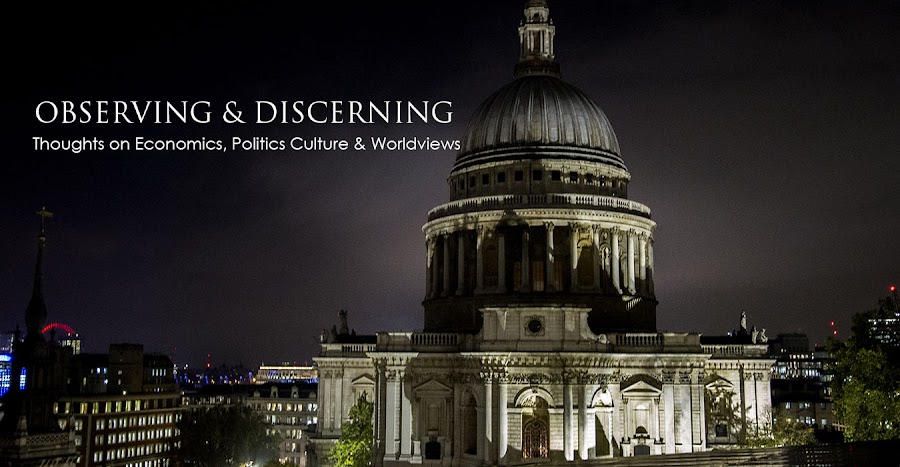Aligning shareholder interests with CEO incentives was a sensible goal when it was envisaged; however, stock-based incentives, according to Prof Desai, have morphed into a ‘financial-incentive bubble’ of massive proportions. Much of CEO pay appreciation has occurred due to market movement or industry swings, rather than exceptional skill. What I found particularly interesting about Desai’s paper is that he shows that excessive executive pay leads to poor capital allocation due to contracts which ‘incentivise dangerous risk-taking.’ There are multiple deleterious effects of the Financial Incentive Bubble; they include:
- increasing inequality
- reducing productivity
- harming competitiveness
- undermining public trust in shareholder capitalism
None of these results is sustainable.
The logic of allowing the financial markets to evaluate performance is alluring, but is ultimately false. Desai says that ‘there's some underlying dishonesty in that set of practices. And the dishonesty stems from the fact that financial markets are not a suitable place to separate our luck and skill in the way that those contracts imply.’ Prof. Desai recommends longer-term contracts for CEOs in order to better understand whether they are actually adding value. He says, ‘As we now know, the vast majority of the alternative asset industry doesn’t add value. So we have a really large industry out there that is not adding value, not outperforming, and being paid to take on out-sized risks for no good social or economic reason.’
Incentive contracts lead to windfalls, and for Prof. Desai
(and most other economists), ‘that is not OK.
And it’s not OK in large part because of the incentives that get created
along the way. So in some bigger sense,
I think there are twin crises. And both
of them actually have a root in the proliferation of these contracts.’
What is so valuable about Prof. Desai’s work, I believe, is
that he makes a direct link between the Financial Incentive Bubble and the
larger issues of productivity and competitiveness. The productivity of the American worker
depends on the correct allocation of capital: ‘financial capital has got to go to
the right place, fiscal capital has got to go to the right place, and human
capital has got to go to the right place.’
Boards and pension funds, foundations and endowments have all
been ‘happily’ complicit in inflating the financial-incentive bubble instead of
restraining it. In terms of
recommendations for how to burst the bubble, Prof Desai proposes the following:
Board members must:
Board members must:
- Stop outsourcing evaluation and compensation to financial markets and do the difficult work of assessing CEO performance
- Abandon the notion that managers will do well only when the stock does well
- Support the turn toward restricted stock and vesting based on longer-term accounting metrics.
Pension funds, foundations and endowments must:
- Stop allowing existing assets to be repackaged as 'new' ones
- Stop expecting alternative assets to magically cure insolvent pension plans
- Question the appropriateness of active and outsourced investments, given the limited evidence of managerial quality
- Re-evaluate the advisability of paying consultants to find skillful managers
- Renegotiate incentive fees toward a significantly longer term with better performance and risk assessment.
These are significant hurdles to be overcome, though we're seeing hints of change in the shareholder spring. The risks of carrying on as normal are far too high and jeopardise the future of shareholder capitalism and ultimately the welfare of all stakeholders.





.jpg)



.jpg)


